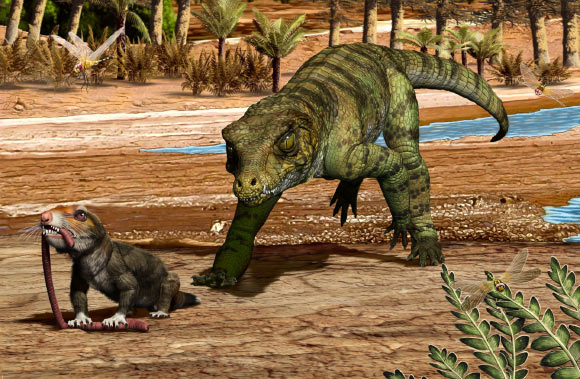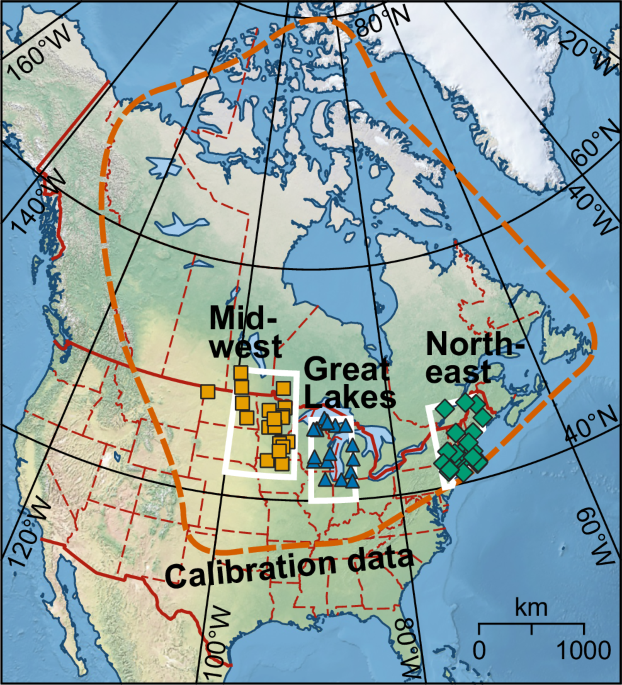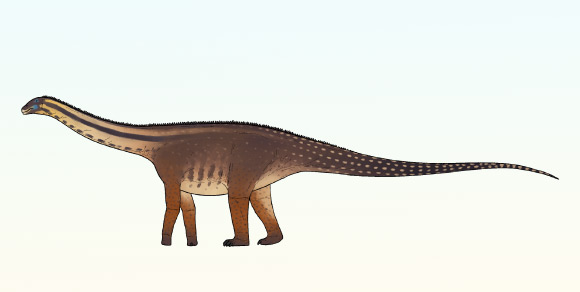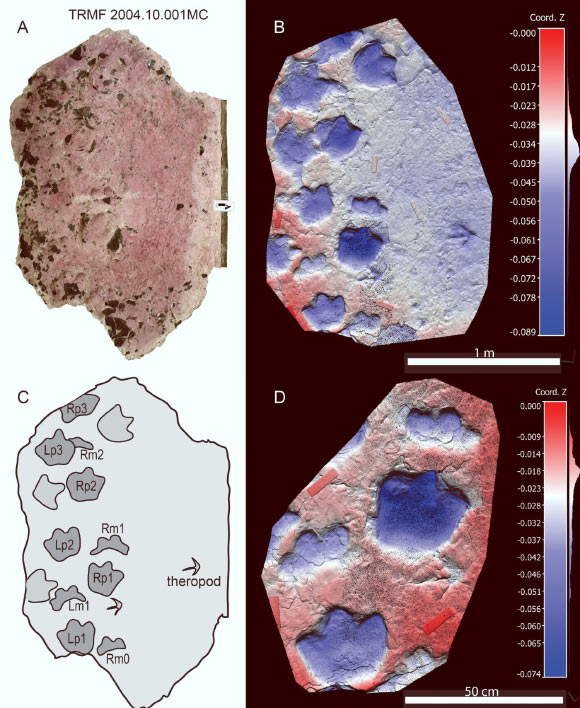Researchers examined teeth and skulls of 99 extinct crocodylomorph species and 20 living crocodylian species to reconstruct their dietary ecology and identify characteristics that helped some groups persist through two mass extinctions. They…
Category: Paleontology
-

Inside Yellowstone’s fiery heart: Researchers map volatile-rich cap, offering clues to future volcanic activity
Beneath the steaming geysers and bubbling mud pots of Yellowstone National Park lies one of the world’s most closely watched volcanic systems. Now a team of geoscientists has uncovered new evidence that sheds light on how this mighty system may…
Continue Reading
-

First Caribbean ‘Dirt Ant’ Found in 16-Million-Year-Old Amber
Newswise — Wherever there’s dirt there’s bound to be ants, but one particular group is so adept at blending in with the ground that they hold the name “dirt ant” (Basiceros) all to themselves.
Now, an ancient…
Continue Reading
-

How Crocodylian Ancestors Survived Two Mass Extinctions
Crocodylians are surviving members of a 230-million-year lineage called crocodylomorphs, a group that includes living crocodylians (i.e. crocodiles, alligators and gharials) and their many extinct relatives. Crocodylian ancestors persisted…
Continue Reading
-

Patterns and drivers of Holocene moisture variability in mid-latitude eastern North America
Reconstructed millennial trends in moisture and temperature
Water balance reconstructions using the BRT calibration models from all three regions (Fig. 2a) show multi-millennial, early-to-mid Holocene relative drought with virtually the entire…
Continue Reading
-

New Species of Sauropod Dinosaur Unearthed in Argentina
A new genus and species of rebbachisaurid sauropod dinosaur has been described from fossils discovered at a paleontological locality in the Argentine province of Neuquén.
Life reconstruction of Cienciargentina sanchezi. Image credit: Connor…
Continue Reading
-

Physics reveals the optimal roof ratios for energy efficiency
While serving as a visiting professor in Benevento, outside of Naples, Italy, Adrian Bejan noticed something about the local architecture: All the roofs looked the same. With what seemed like too-shallow peaks on smaller, older structures…
Continue Reading
-

Wealth inequality’s deep roots in human prehistory
Wealth inequality began shaping human societies more than 10,000 years ago, long before the rise of ancient empires or the invention of writing.
That’s according to a new study led by Washington State University archaeologist Tim Kohler that…
Continue Reading
-

100-Million-Year-Old Footprints of Tail-Clubbed Armored Dinosaurs Discovered in Canada
Assigned to the new ichnospecies Ruopodosaurus clava, these dinosaur footprints found in northeastern British Columbia and northwestern Alberta confirm the presence of ankylosaurid ankylosaurs in the mid-Cretaceous period of North America.
Continue Reading
-

Pioneering research reveals Arctic matter pathways poised for major shifts amidst climate change
A new study has shed unprecedented light on the highly variable and climate-sensitive routes that substances from Siberian rivers use to travel across the Arctic Ocean. The findings raise fresh concerns about the increasing spread of pollutants…
Continue Reading